-
Posts
255 -
Joined
-
Last visited
Content Type
Profiles
Case studies - Free
Case studies - Premium
Resources
Insider
Courses
Forums
Store
Posts posted by Mazze
-
-
On a side note - here's an overview video (more marketing than tutorial, but, well, gives overview 😉 ).
-
 3
3
-
-
You can add dithering in various flavors, though - that at least makes it perceptionally better.
However, it also adds to filesize, which, depending on where you're using the GIF, you wanna avoid. -
54 minutes ago, Nicolas Hanson said:
Why dont BMD offer Prores support if a small developer as Assimilate can do it?
We asked nicer
 .
.
-
 1
1
-
-
Hey friends,
today we released Play Pro - an improved version of the old SCRATCH Play.
Play Pro now supports SDI-output, pretty stellar h264/h265 encoding, as well as ProRes encoding on Windows.
It's a nice tool to have handy for e.g. dailies review, or simpler transcoding jobs (e.g. for delivery).
Starting at 19 bucks a month, it's pretty affordable as well 🙂 .Check it out here: http://www.assimilateinc.com/products/scratch-play-pro/
Hit me up, if you have any comments, questions, suggestions!
Cheers,
Mazze-
 3
3
-
-
Hey everyone,
Jonny Elwyn did a nice write up on his blog, going through conform and color in SCRATCH as a first time user.
Great read for anyone who is contemplating taking a look at SCRATCH 🙂 .Here you go: https://jonnyelwyn.co.uk/film-and-video-editing/assimilate-scratch-v9-beginners-guide/
Enjoy,
Mazze -
Hi all,
we're happy to announce the pre-release of SCRATCH v9!
If you haven't checked it out yet, you should do now - it's pretty awesome 🙂 .Here are the release-notes:
General
SCRATCH v9.0 requires an upgrade of your license. If you have a valid v8.6 license, your license is automatically updated to include the new 9.0 version. After installing v9.0 (or reverting to the 8.6 build) your have to re-activate your existing license key. Contact licensing@assimilateinc.com if you have any question on licensing for version 9.0.
This version contains a number of changes from the current 8.6 release in how certain formats are processed. As such, it is not backward compatible. Before upgrading, you should maintain a backup and are advised not to upgrade in the middle of a project.
UI Updates
To reduce the learning curve for new SCRATCH users, we updated the interface in several ways.
- Introducing tab navigation at the bottom of the screen to more intuitively find your way across the various modules in SCRATCH.
- Introducing toolset selection. A toolset exposes a specific set of functions and parts of the interface. Toolsets can be dynamically switched through the toolset button at the bottom of the screen next to the tab navigation. Current available Toolsets: Player/Review, Dailies/CDL, Finish/Full.
- Relabeling certain SCRATCH specific terminology like Matrix (now ColorFX) and Construct (while the module name remains Construct, your project is built up of Timelines).
- Moved the Editor settings to the generic User Preferences dialog box (gear icon in the lower right corner), which combines all the settings for the different modules.
- Re-arranged the construct scroll bar and mini timeline above the menu bar
- Right click menu now contains more context related options rather than navigation between the various modules. The slot Dis-/Enable and -(re)name functions are now part of the right click menu in the Construct. Holding the Alt key down while selecting the Dis-/Enable Slot option, will dis-/enable all slots in the Construct. With a Custom Command you can now indicate whether that should be included in the Right click menu in the Player.
- Various First-time usage elements: Guided Tour when starting SCRATCH for the first time (the animation can also be started from the Logon screen), highlight Import Clip button when no media is loaded, popup dialog to update the resolution and/or framerate of the project when loading media of a different resolution/fps.
- Highlight the Close Construct button when using the Fetch function.
- Added explicit link-button for scaling controls to (un-)link X and Y scale. Note that dragging across the controls to (un)link them is still a valid method.
- You can quickly adjust the Timeline framerate and resolution by drag/dropping a node from the construct on the resolution label right of the the tab-navigation buttons (rather than having to open the Render tab and dropping the shot on the main output node).
Formats
We updated a number of file readers to provide increased performance and features. Existing nodes with these formats will still be processed the same as always. New imported clips will use the updated readers unless specified to use legacy readers.
- Affected formats: Canon Raw, Phantom Raw, AVCHD, Cineform, Codex Raw and Panasonic Raw.
- New H265 encoding (as well as improved decoding performance).
- New ARRI fast debayer with higher quality.
- Overall performance boost through GPU decoding for H264 media and compressed YUV formats.
- Added support in the QuickTime reader to handle multiple audio channels in separate tracks. Note though that this only works for tracks with identical codec and sample rate. Also, whenever ambisonic audio is detected, only the first audio track will be used.
VR
- Support for 180 footage, including reading mesh data for the 180 projection and including that mesh data when publishing.
- Native 2D to Equirectangular warp in the fill/mat menu, eliminating the need to insert a plug-in.
- Headset support on OSX
- Support for live audio capture and possible conversion to ambisonic, using the Sennheiser Ambeo transformer.
- Support for the new K1 camera from ZCam; live capture and media management. The live capture can also be wrapped in a stereo node for a stereo workflow.
- To preserve image quality, the VR Transformer plugin now auto adjusts its resolution depending on the type of conversion selected (cubic, equirectangular, etc.).
Media Management
- Improved memory management to better facility large projects (10.000+ nodes). Also improved initial loading speed of certain codecs.
- Added new note colors and option to create default notes from a quick key. You can create default notes from the System Settings dialog box.
- Updated the Report generator to more easily create a custom metadata column selection. A new option to select which proxy frame to use for the report. A progress bar and cancel option for generating the report. Automatic (re)calculating media size when selecting the size columns for a report.
- A new Scene/Take updater panel to auto update take numbers while you browse your imported clips.
- The Match Audio function now includes any sub folders within the selected location in its search. The setting to import scene/take data from the audio file to the shot is now available from the Media Browser itself and is a user setting (rather than an advanced system setting).
- Added the MOS (mit ohne sound) clip metadata property.
- Generate default metadata for each new loaded clip, using available #hash codes. You can create default metadata items in the Project Settings.
- A new AfterEffects Custom Command to send of shots to Adobe AfterEffects and automatically load rendered results back into the project (tray) in SCRATCH. Activating the Custom Commands requires a few additional steps in AfterEfects. These steps are provided from a link in the Custom Command tab in the System Settings dialog.
- The Event/Error log now includes the location of shots that reported missing / missing LUT files.
- Added support to read and write .cc files (a derivative cdl format used by other third party software).
- Added standard "Compression" and "Bit Depth" metadata items for compressed media formats such as DNx, QuickTime, H26x (note that in case of ProRes the bit depth cannot always be determined and as such is not displayed).
- By default any display color space transform and LUT are now included when exporting a snapshot or proxy images (for reports).
- Batch update timecodes from the Media Browser.
- When applying an output template, the framerate of all nodes in the template are now reset to the main parent node. Also, any fit width/height is re-applied when adding an output template. This makes output templates better applicable for different sized / framerate projects. (Note that this does not apply to DNx nodes as the encoder used in that node is tied to a specific framerate and resolution).
- SCRATCH now reads the pixel aspect from the metadata of QuickTime files, if present.
Misc
- Added a "C" option in the Editor with the transition controls to enable/disable clipping of the A/B images in a transition.
- Animation editor now shows values of keyframes when hovering over or dragging them.
- Fixes in the Structure View to drag/drop plug-ins into your composite.
- Plug-ins browser. Explicitly select how to apply a selected plug-in: on a (new) layer or on the current node. Double click defaults to applying the plug-in on a (new) layer. Alt+double click will start a new drag/drop action for the selected plug-in. Also, when applying a plugin on a layer that requires no inputs SCRATCH now excplicitly sets the aspect and fps to that of the base node (size was already set).
- The Player now always switches to Output View when you have multiple video tracks and enter the Editor. This behavior can be switched off in the user preference. Also, when switching to audio view in the Editor while on a sub-track, the Player now always auto-switches to the base video track.
- Control Surface updates. Added Various new panel mappings (e.g. for Snapshots) and included a new default Elements panel mapping. Fix on the framing controls in the Editor that did not update when adjusting the framing through a panel. Automatically use the Tangent CP200 Full mapping when 2 or more panels are connected
- Added three new default framerates: 50, 96 and 120 fps.
- Show tooltips even when a control is disabled.
- Exiting the Media Browser in a large project could take a relatively long time.
- Added a popup message to ask to delete existing media when starting a new render of a node that would otherwise fail to overwrite the existing media and generate an error.
- Fix for incorrect sizing of derived output nodes with non-square aspect project setting.
- Space-drag not working in staging with clip attached to cursor.
- A new Collector node now uses the aspect of the main output node.
- Burn-in controls were not updating on the Render tab.
- Various fixes in Tray: dropping a shot into a in the Player did not always work. Starting a drag action from the Tray could sometimes pick the wrong shot. Editing the Tray label did not work correct.
- Applying the trim buffer could create node references rather than copies.
- Scroll the Construct to the correct position when returning to the Construct from Playing an output node.
- Using the Add or Delete version through a panel could result to unexpected results when the Player Stack was not showing.
- Noise parameter was not properly reset on a general reset.
- Incorrect Clip selection with Shift-click in Media Browser.
- The "No Bottom Swipe" user setting now includes the top Player menu bar to be non-swipeable.
- Adjusted control sensitivity for Canvas X/Y Scale controls in ColorFX.
- The EXR compression types ZIPS and ZIP where mixed up using one method while the other was selected.
- Project poster on the logon screen could show too big for shots with aspect not equal to 1.
- The Clear Audio button in the Media Browser did not clear the audio slip.
- Added an Advanced System Setting to enable loading Panasonic AVC Intra with our own codec (instead of FFMPEG/CSP) which is faster but does not support audio.
- ARRI Raw Red-gain behaved incorrectly with Fast debayer.
- The Match Grade function in the Curves menu was broken.
- The hash code ‘#md[key]’ for clips where the metadata-key-item did not exist, generated a wrong value.
- The Watch folder on the Mac was not working correctly.
- Various updates of external SDK versions: RED SDK version 7.0.7, AJA SDK 14.0.1, BMD DeckLink SDK 10.10.
A trial of the current version can be obtained here for SCRATCH:
http://register.assimilateinc.com/registration.aspx?p=1and here for SCRATCH VR:
http://register.assimilateinc.com/registration.aspx?p=3
Website and manual updates are in the works (hence the pre-release) and will be finished in the coming weeks 🙂 .
Cheers everyone!
Mazze-
 2
2
-
Hey folks, we've started the public beta of SCRATCH 9.0 and I'm pretty excited about it :-) .
In a nutshell, we have focussed on 3 key things for this release:
- 180° stereo VR support (incl. mesh-based geometry conversion, also for Live)
- UI update (mainly introducing tab navigation, moving away for the Construct vs. Player methodology)
- Dailies toolset (faster file-io, updates on DIT-tools)You can find release notes and the latest build here (download at bottom of page):
http://www.assimilatesupport.com/akb/Download50814.aspxAnd to get started with a 30-day license for v9, go here:
http://register.assimilateinc.com/registration.aspx?p=3We'd love to get feedback from you guys :-) .
If you happen to be at NAB, feel free to pop by one of the above stands.Best,
Mazze -
Hi all,
we're doing a pre-NAB event on the new SCRATCH on April 4th, that is all about dailies.
This is actually more a basic training on SCRATCH for dailies, than it is a presentation.
Aim is, that anybody attending is able to process dailies in SCRATCH after the event is over.
We have put some focus on the dailies-tools inside SCRATCH for v9.0.
Think it's going to be pretty interesting for some of you.
I'll make it over as well and if you happen to be in the LA area around that time, I would be happy to put some faces to the names :-) !Greetz,
Mazze-
 2
2
-
-
Hi all,
we have an event going on Feb 28th over at Local Hero in LA
 .
.
This event will be all about generating dailies with SCRATCH and also contain a sneak peak at the new SCRATCH version we're aiming to release around NAB.
Free food and drinks - if you're available and doing any sort of DIT work, you should join .
.
Here's the Facebook link to the event: https://www.facebook.com/events/436320110121020/
Also, since the rsvp email can get easily overlooked - please rsvp here: events@localheropost.com
 .
.
Greetz,
Mazze -
So, if you wanna save a single layer, you would do that in the gallery.
Therefore, open the Tray and select the Gallery tab - now you can just drag&drop a layer form the layer stack into the gallery and recall it from there anytime you need it.
Next, if you have a layer on all shots, that's called e.g. "correct" and you alter that on the first shot and want to copy paste it to all other shots, then you can do that by selecting the layer in the layer stack, hit copy.
Then hit paste and make sure "Named Layer" is active - now hit paste forward and confirm.
SCRATCH will now look for a layer named "correct" ion all shots onwards and if it finds it on a shot, update it.
Note, that you can also set an outpoint on the mini timeline inside Matrix - in this case, SCRATCH will only paste forward until it reaches the outpoint.
Hope this helps.
Cheers,
Mazze
-
 3
3
-
-
Nope, currently there isn't - but it's on the to-do list :-) .
-
 1
1
-
-
Hi all,
so we upped our storage with a couple of ACS panel sets for Autodesk Lustre.
All sets are used and have marks on the softcoating, but are technically in 100% working condition.
All ACS-sets include:
- a built-in Wacom tablet incl. Wacom Grip-Pen
- keyboard stand to mount to the back of any panel
- 3x power supplies (one for each panel)
Asking price for a complete set is 5.000 Euros (excl. VAT), plus shipping (shipping worldwide).
See below pictures for reference.Upon request, any given set can be refurbished to look similar to this one:
Refurbished ACS
Price for a refurbished set is 6.500 Euros (excl. VAT).
Please send a pm, if interested in any of the options.
Greetz,
Mazze-
 1
1
-
-
The log options are provided directly by Vision Research in their sample code.
They also look fundamentally different than Rec709 (the difference between the two log flavors is not as big, but noticeable, though).
Not sure why they would look similar on your system, but I guess it is sort of a color management thing, then.
-
 1
1
-
-
A common workflow is to transcode them to ProRes and use that as Online material.
However, if the finishing app can play the raw files with no problems (or better to say, the hardware of the finishing machine),
then I'd stick to those.
One big caveat to be aware of, is the timecode of the phantom files.
It's not uncommon to reset the TC to zero upon creating dailies from the original raw files,
since you might end up with your dailies tool reading a different TC (and hence writing this to the offline files),
than the finishing tool that you use to conform in the end, which pretty much breaks your whole workflow.
Have a read here: https://support.gluetools.com/index.php?/Knowledgebase/Article/View/39/12/smpte-timecode-and-the-phantom---why-all-of-the-other-software-vendors-get-it-wrong
Resolve has a dropdown in it's raw preferences to select which TC interpretation you want.
SCRATCH has an updated version coming with SMPTE TC support and ACES debayer for Phantom.
Anyhow, I know plenty of DITs, who set the TC to zero directly after loading the cards in, just to exclude all of the TC-difficulty upfront.
Cheers,
MazzePS: The debayering is not that heavy, it's rather disk speed that you need.
You should have roughly 400 MB/s for 4K Flex files, plus some headroom. If you plan to transcode on and off the same disk, rather double the bandwidth.
-
 2
2
-
-
Just a little update on this - the latest SCRATCH build has a fix for EXR rendering, which also has an impact on reading EXRs that have been rendered with SCRATCH:
Until now, EXR renders did not always include the line offset table correctly, so when reading those renders back in, the table needed to be created manually, which could cause a playback performance drop for high resolution files.
Possibly, if you now re-run the tests with EXRs generated from the latest SCRATCH build, you might see an improvement on the playback side.
Cheers,
Mazze
-
On 23.8.2017 at 6:29 PM, Emily Haine said:
The way I thought Scratch worked was reading DWAB data by bundling all the lines which should mean increased speed. Can you comment on this @Mazze?
Not 100% like this, but we read the full file into memory as fast as possible and from there start the decode as fast as possible.
However, we don't need all the file data to be loaded already in order to start the decode :-) .
-
 1
1
-
-
- Popular Post
- Popular Post
This was my old suite:

I put it together myself, but don't have it anymore, since I don't do any grading anymore :-) .
-
 17
17
-
 1
1
-
Just curious, what monitor you are driving here?
I would think, that you could get away by just setting Resolve to output a linear image then.
Set the input gamma to 2.4 and the output to linear (which should apply the inverse gamma function and hence create a linear (or gamma 1) image), which your monitor seems to expect.
Usually you create different deliverables for broadcast and internet use - like you pointed out, one with 2.2 gamma and one with 2.4 gamma.
-
Out of range usually means, the monitor is getting fed an unsupported refresh rate (e.g. 25 Hz instead of 60 Hz or so).
Have a look at that and see if it gets you anywhere.
-
 1
1
-
-
22 hours ago, Abby Bader said:
How does these features cope with Scratch VR @Mazze?
Not sure yet, but I guess we will find out ;P .
-
Depends on your pov - if you're just looking at the pure color space, then yes - they have the same primaries.
However, sRGB is associated with a 2.199 gamma, and Rec709 with a 2.4 gamma (which then should be labeled BT1886, as that "combines" Rec709 color space and 2.4 gamma).
Also, the curve itself is different - sRGB has compound, whereas Rec709 has a power law curve.
-
Hi all,
as you might have noticed, Assimilate has added support to capture a live stream from a ZCAM S1 (Pro).
Technically, the ZCAM S1 is connected to SCRATCH VR Z through an ethernet cable and sends 4 individual h264 streams into SCRATCH.
SCRATCH will stitch those in realtime into an equirectangular image and allow you to add grades, composite elements and plugins while the stream is running.
At any time, you can broadcast the (graded/composited) camera stream on to Facebook, Youtube, or your own custom server.
Have a look:
Cheers,
Mazze-
 1
1
-
-
As long as you're ordering from inside the EU, no problem :-) .
Thanks Nicolas!
-
Hey folks,
there's a pretty awesome discount-promo going on until June 9th.
Gets you the Effections plugin bundle for only 597.50 USD.
If it was for me, that's worth the noise reduction and retiming alone.
Hello to all SCRATCH users!
Here at RE:Vision Effects we have been hard at work over the last several months, solidifying our product line for ASSIMILATE's SCRATCH users. Thanks are due to the ASSIMILATE engineers for helping us make our products work so well within SCRATCH. As a result of this hard work, we are now prepared to make you an offer we hope you can't refuse. A deep set of new features for your SCRATCH workflow and post-production tools at a fantastic price.
Get our plug-in bundle, Effections for SCRATCH for $597.50 ( normally $1195 ) for the node-locked version. This is less than Twixtor is normally priced by itself! How? Use the coupon code CelebrateSCRATCH2017 for a 50% discount on our Effections bundle on both the node-locked and floating licensed versions! Order here: http://www2.assimilateinc.com/e/5312/products-effections-scratch/55gx8q/1386167007. This offer is valid through June 9, 2017.
See Twixtor in action!
Here are the products that make up Effections for SCRATCH. See what each can do for you!
Twixtor: Slow down or speed-up your footage with stunning results.
ReelSmart Motion Blur: Applies natural looking motion blur by tracking each pixel.
RE:Map: Professional UV mapping and displacement tools. Great way to interact with the 3D department.
RE:Match: Stereo color and texture transfer. Pre-match multi-cam shoot before you grade.
RE:Lens: Fisheye and 360 VR tools, with automatic spherical stabilization.
DE:Noise: Reduces problems due to noise, dust, rain, flashes…
DEFlicker: The solution for high-frame rate video and time-lapse flickering.
You need the latest and greatest SCRATCH 8.6 version ( 8.6.947 or later) to benefit from all the latest features, including much faster GPU processing.
For more info about our products, you can go to revisionfx.com
Cheers,
Mazze
-
 3
3
-

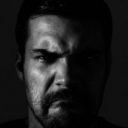
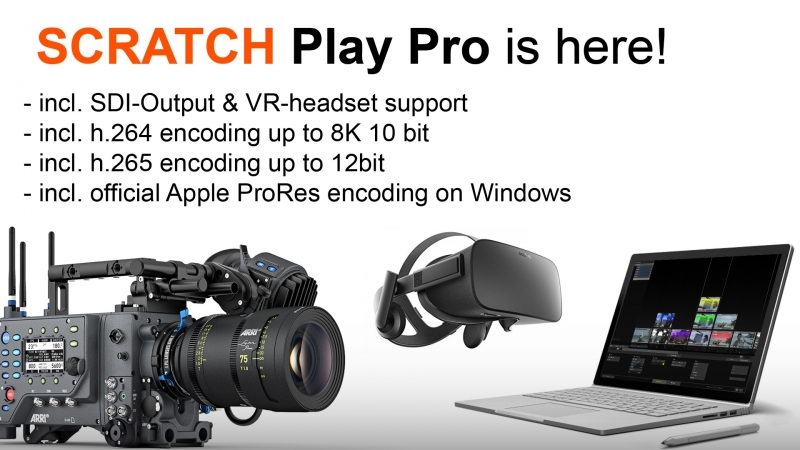
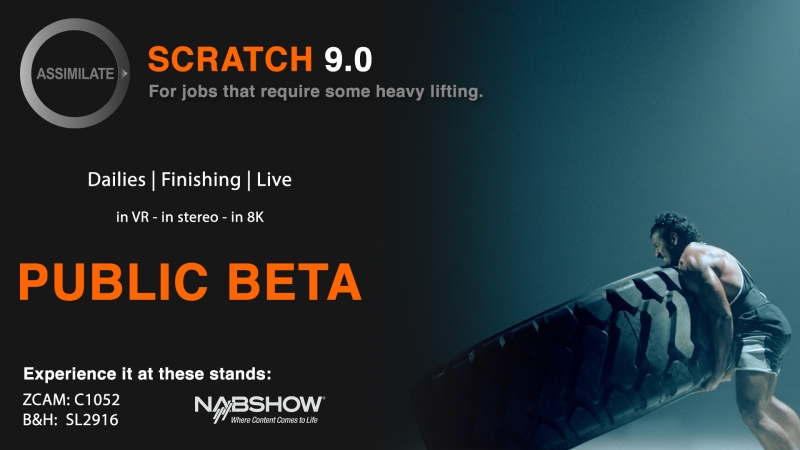

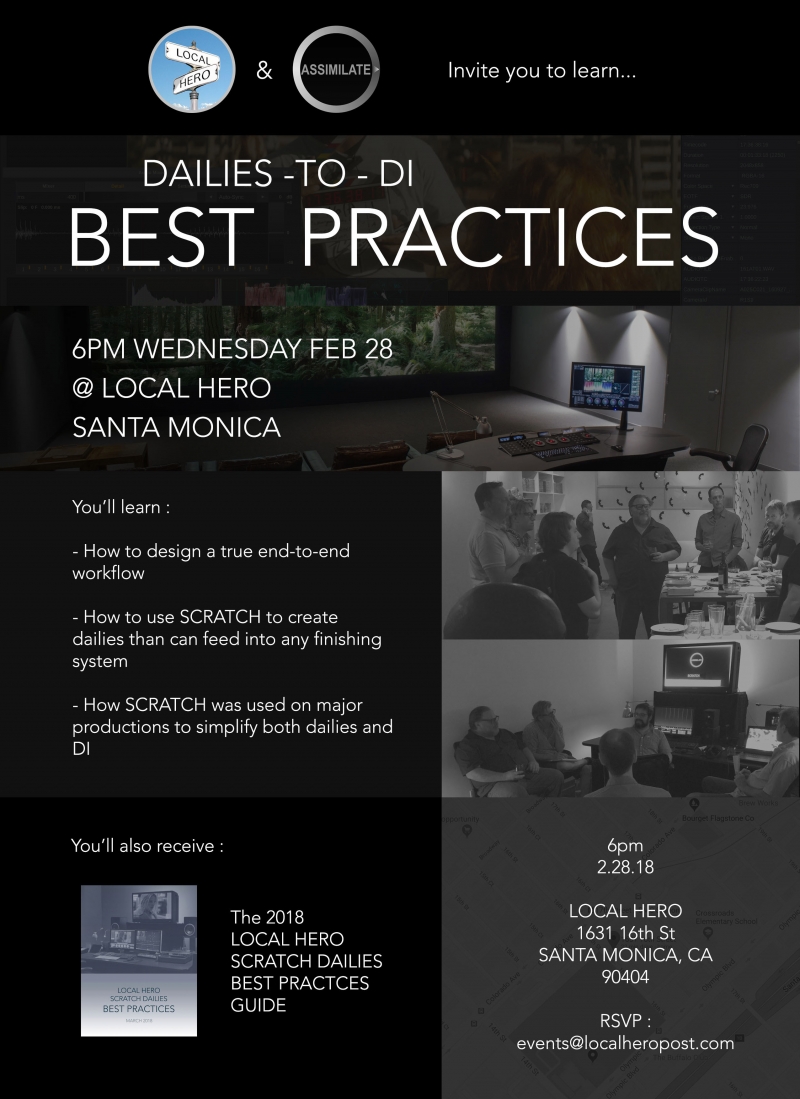

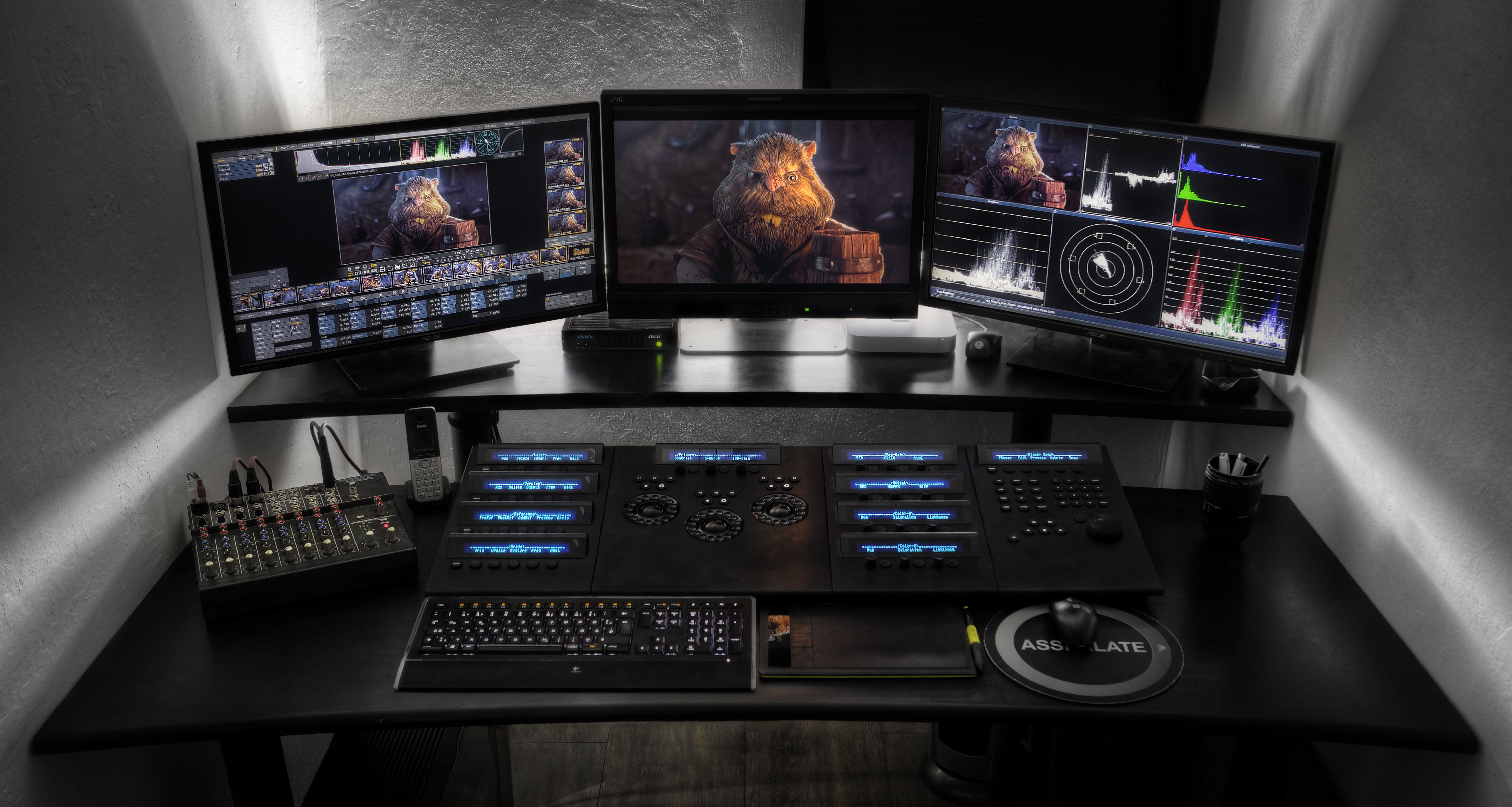
Black Metal Rings for Tangent Element sale started
in Marketplace
Hey all,
 :-) .
:-) .
I finally got the first batch of rings ready and sale has officially started:
http://www.angry-face.com/de/product/black-metal-rings-for-the-tangent-element-panel-set-of-4/
However, stock is really limited since it's the first batch ;-) .
More is on its way, though
Greetz,
Mazze